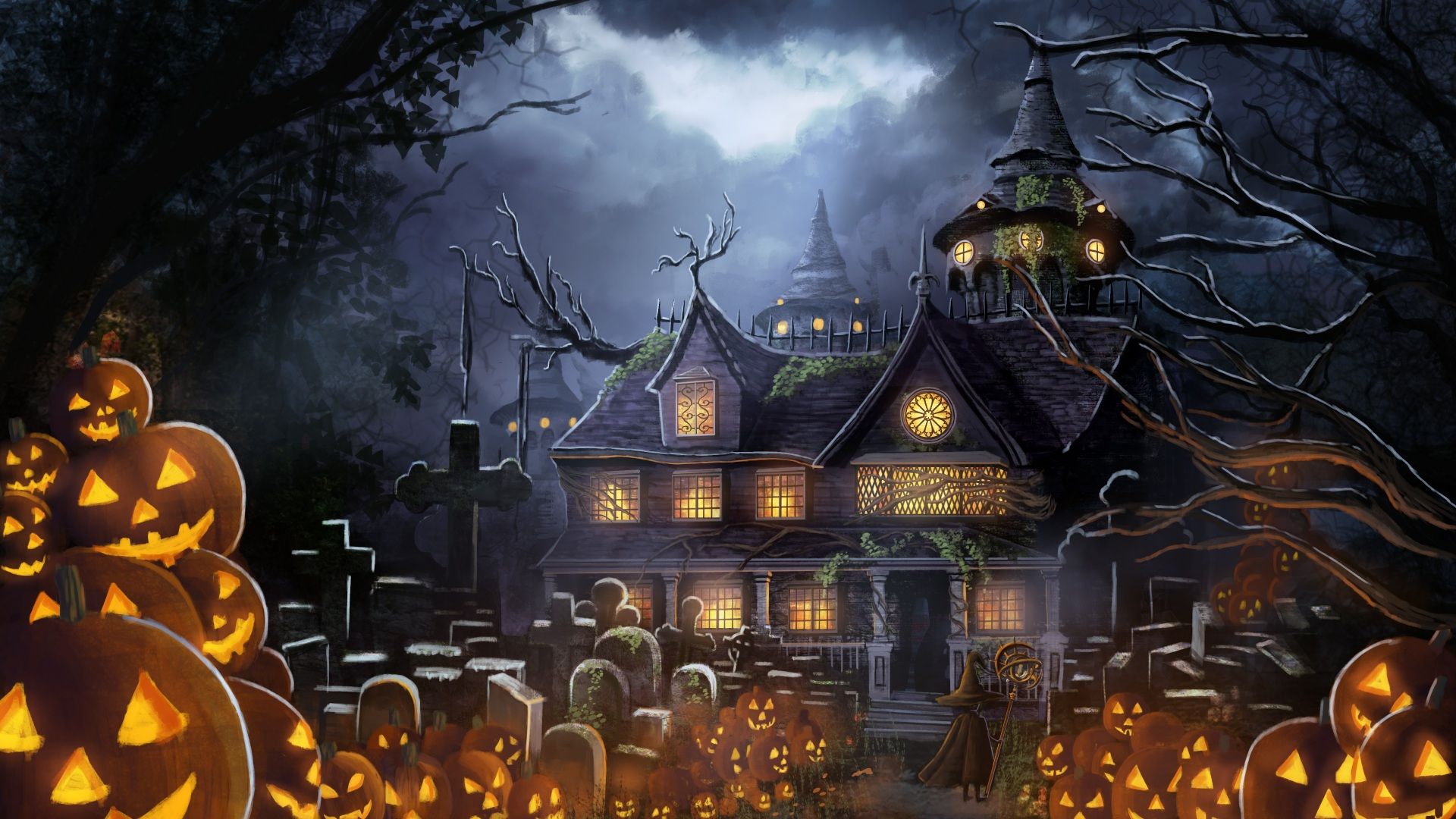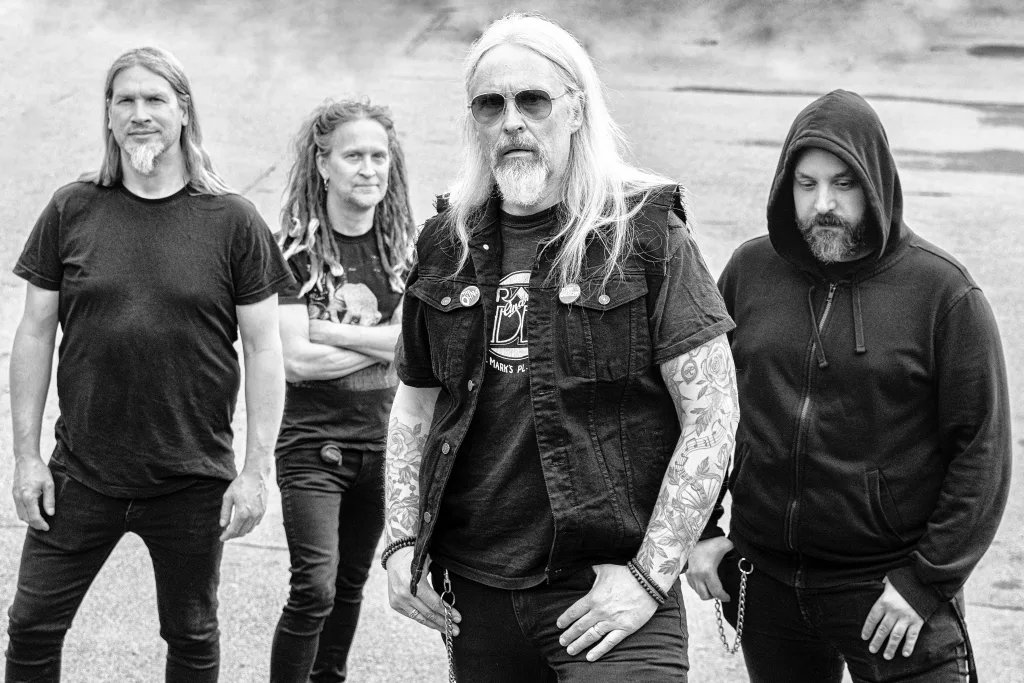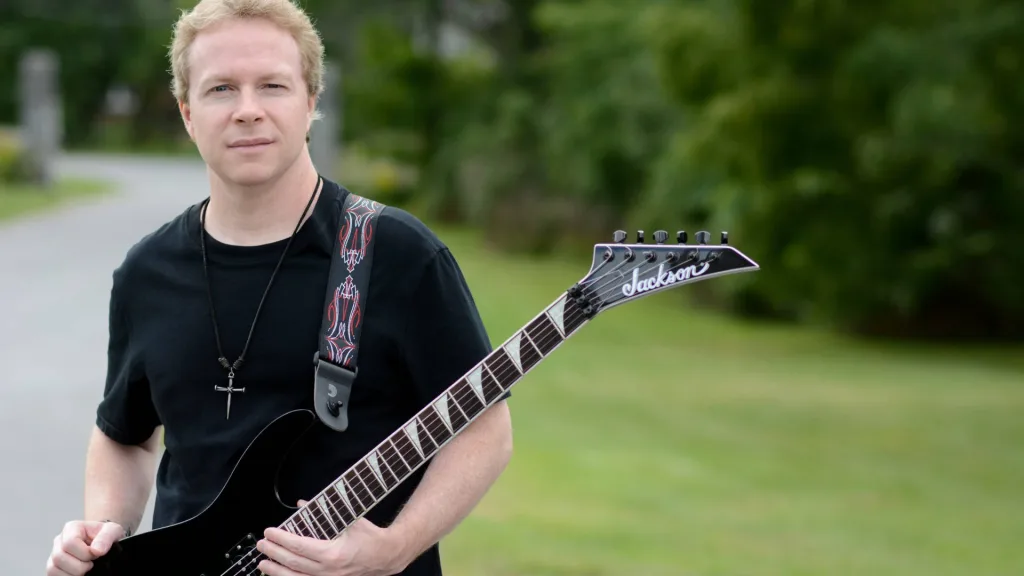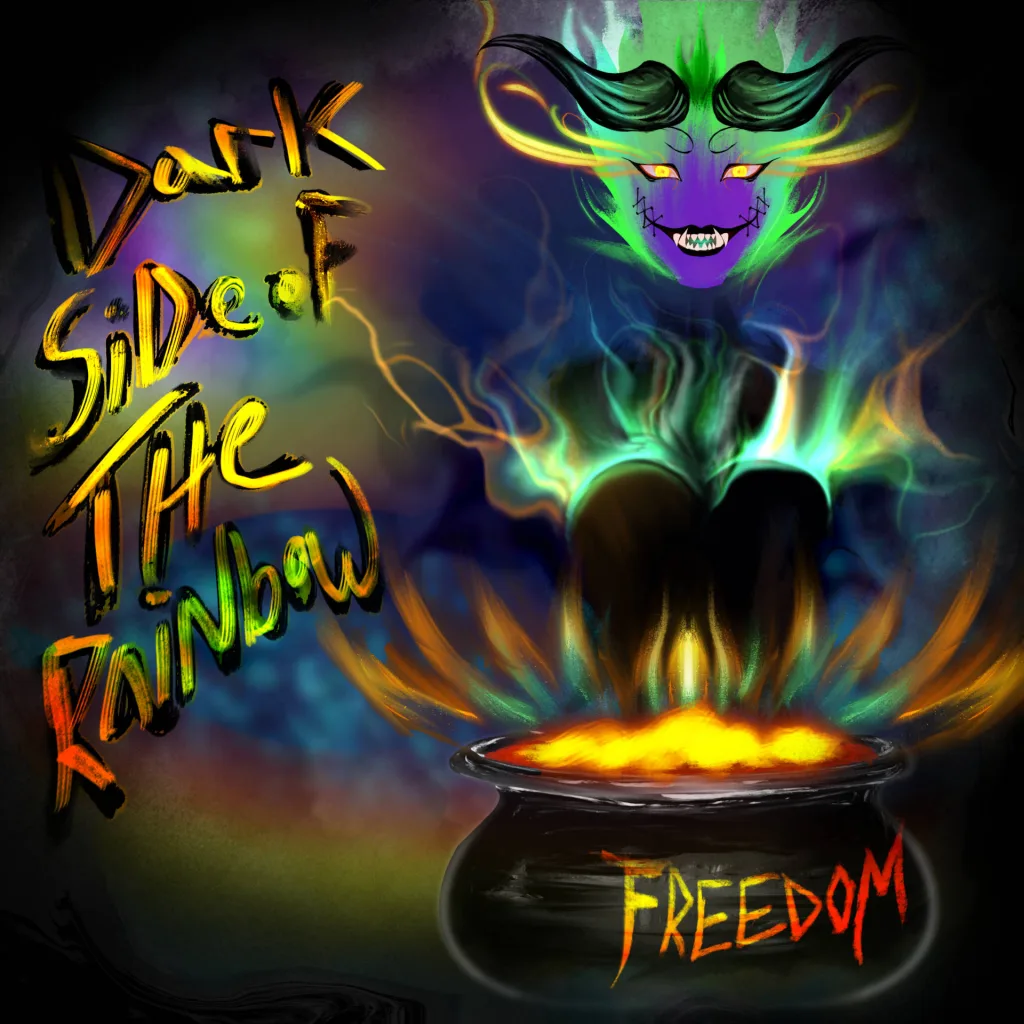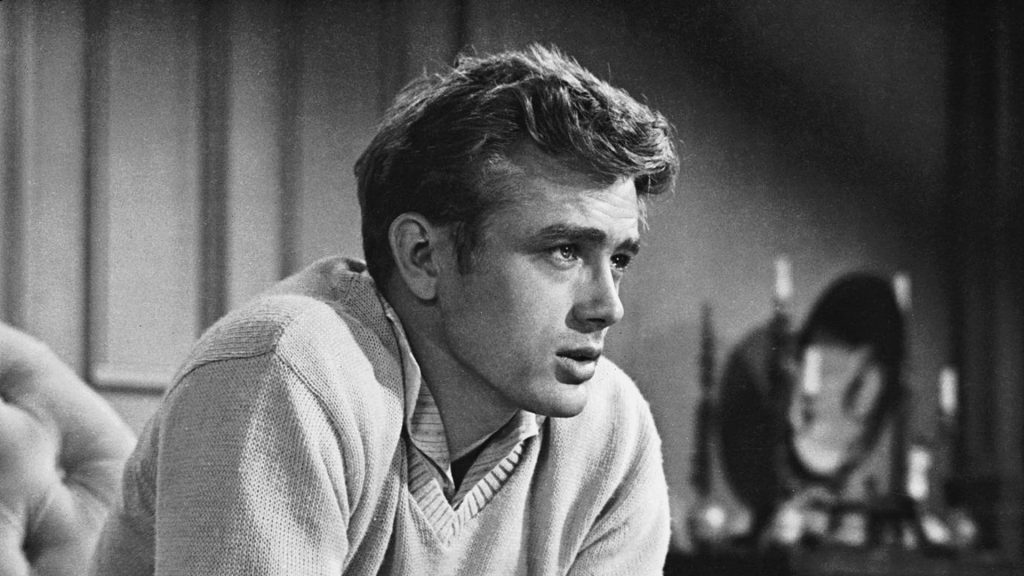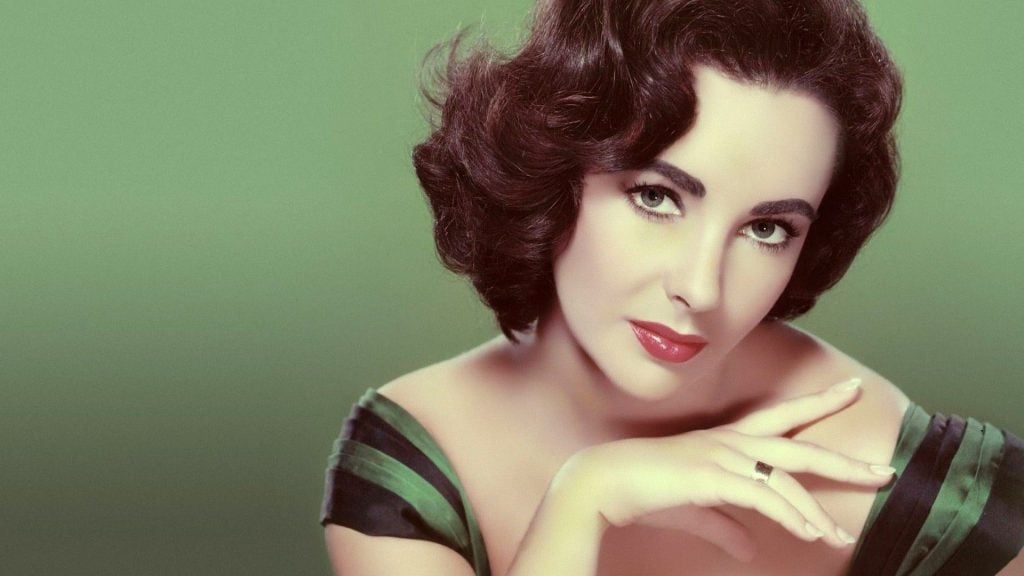Halloween and the legend behind it
Written by Daniel Giraffe on October 21, 2019
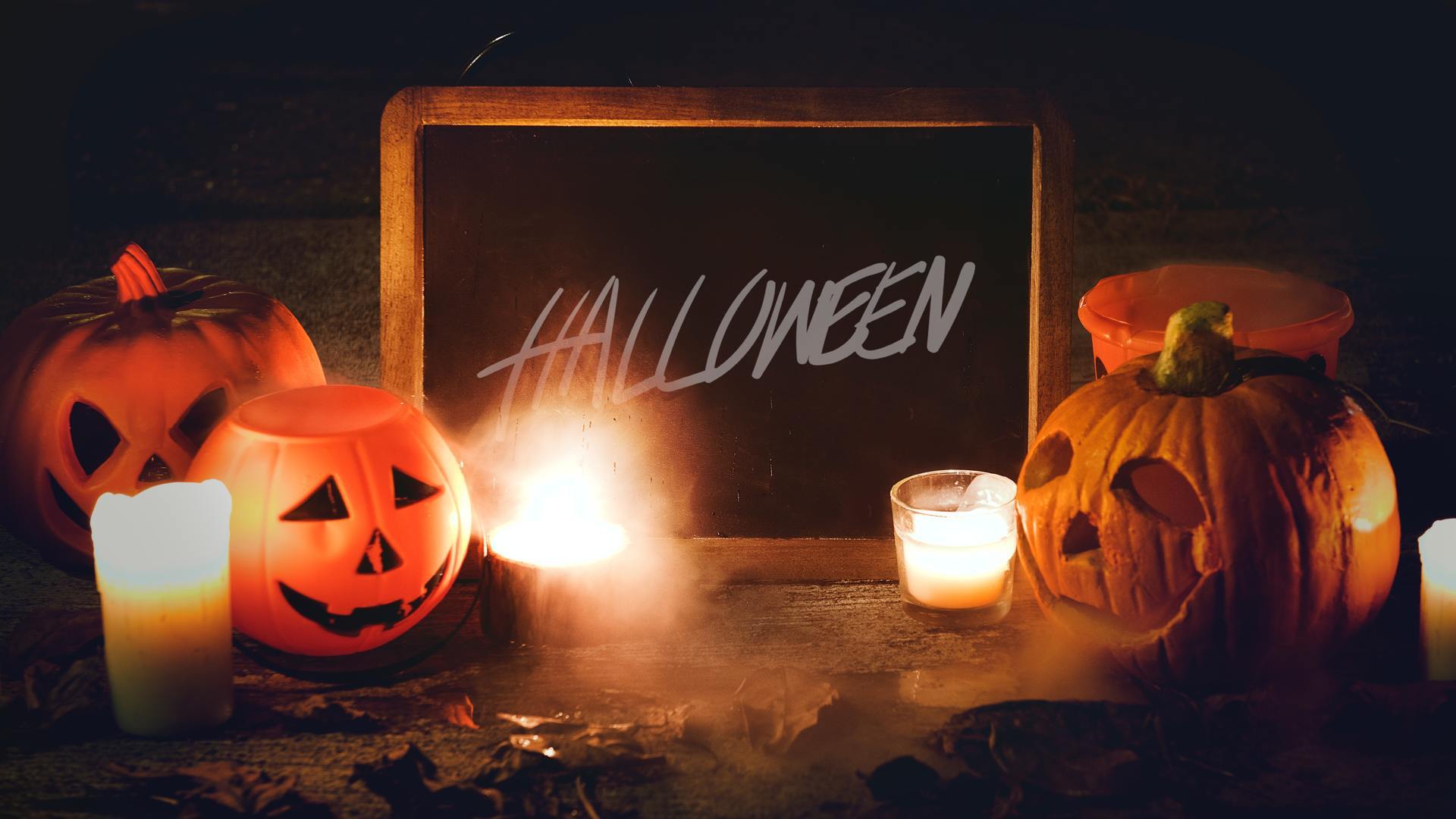
Ding dong! Your doorbell chimes and at the door are what seems to be a little vampire and his sidekick, who looks a lot like Batman. Trick or Treat! They yell and you smile and throw some candy into their sacks. It’s Halloween!
But how did this annual holiday that’s held October 31 start? In reality it’s been around for centuries. Halloween actually has its origins in the Celtic Samhain festival. Thousands of years ago the Celts lit bonfires and wore costumes so they could ward off evil spirits. This time of year was their New Years and they lived in Ireland, the UK and France.
It designated it was the end of summertime and harvest time, and the start of winter. They thought that on this night the boundaries between the land of the dead and the living world thinned and it was possible that the ghosts of the dead came back to visit the Earth.
Later on in about 43 AD, the Romans conquered the Celts and eventually one of the Roman holidays called Feralia became entwined with Samhain. Feralia happened in late October and it was when the Romans honored their dead. They also had another holiday around this time when they honored the Roman goddess of fruit and trees, and that’s where bobbing for apples on Halloween got started.
As the centuries past, some version of Halloween was celebrated in several countries, to include Colonial America in the 19th century. This is when they held harvest festivals and told ghost stories, told each other’s fortunes, sang, and danced. The American Indians then also had their own versions of harvest festivals called play parties.
By the 1800s Halloween in America became a more community centered event with parties, games, food and costumes. The kids dressed up and went around to the houses begging for money or food, which later would turn into the current practice of “Trick or Treating.” By the 1920s it was a secular holiday with parades and parties, but vandalism was also a big problem.
A similar custom to trick or treating is called souling in which during the past groups of people called soulers went to rich homes to beg for soul cakes and in return they promised to pray for the people’s souls.
Another custom like trick or treating is called guising, and it has been done in Scotland, Ireland, Canada and North America. The people dress up and go to homes and ask for food or money. It was recorded in the US that guising occurred as early as 1911, and the earliest it was called Trick or Treating is thought to have been in 1927 in Canada. Trick or treating became the mainstream practice in the US by the late 1930s.
Nowadays in the US it’s estimated nearly six billion dollars is spent on celebrating Halloween every year, which means it makes the most money per holiday after Christmas. Kids and adults alike dress up as their favorite characters and go to parties and the small kids go door to door to ask for treats.
When it comes to other Halloween traditions, one superstition that still holds true is that black cats are supposedly bad luck, even though in some countries other than the US they are considered good luck. The bad luck part is likely connected to the idea that witches could turn into a black cat or that black cats were their familiar.
There are more fun Halloween traditions though, such as helping young girls figure out who their future spouse was by the peelings on an apple forming the first letter of their true love’s name or an Irish tradition of putting a ring into some mashed potatoes and the person who found it was supposed to find their true love in the coming year. Another way to find out your true love was to give girls some hazel nuts and give each nut the name of a man they liked. Whichever nut exploded in the fire first was their true love.
Traditions that still linger on today are things like cutting a face into a pumpkin to become a Jack O Lantern. In olden times, turnips were used instead of pumpkins! It’s based on a deal a man name Jack had with the Devil, who threw a burning coal at him and that is why the pumpkins have candles to light them up. People in America are said to have started pumpkin carving beginning in the mid to late 19th century.
When it comes to dressing up at Halloween, many different characters have prevailed over the years. You have the traditional scary figures like ghosts, witches, monsters, vampires, skeletons and devils. But later on kids also started wearing costumes to represent their favorite cartoon, video game, storybook or comic book heroes.
People also started dressing up their pets and since 2010 in the US, the money spent on pet costumes has soared from around 200 million to nearly 500 million by 2018. Popular pet costumes are pumpkins, hot dogs and bumble bees.
Nowadays there are also Halloween holiday greeting cards, as well as lots of games, decorated homes, corn mazes, haunted house attractions and hayride fun. It’s been turned into a sort of carnival like atmosphere for kids and adults to have fun instead of a scary timeframe when ghosts and other demons haunt the world between the living and the dead.
So, have some fun this October 31st, dress up as your favorite character, go apple bobbing, take your kids trick or treating or just stay home and welcome all the kids as they ring your doorbell!
